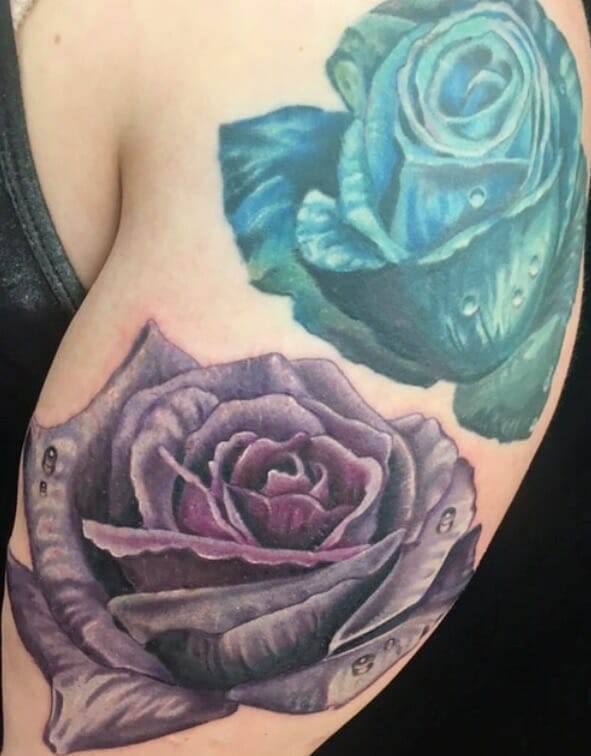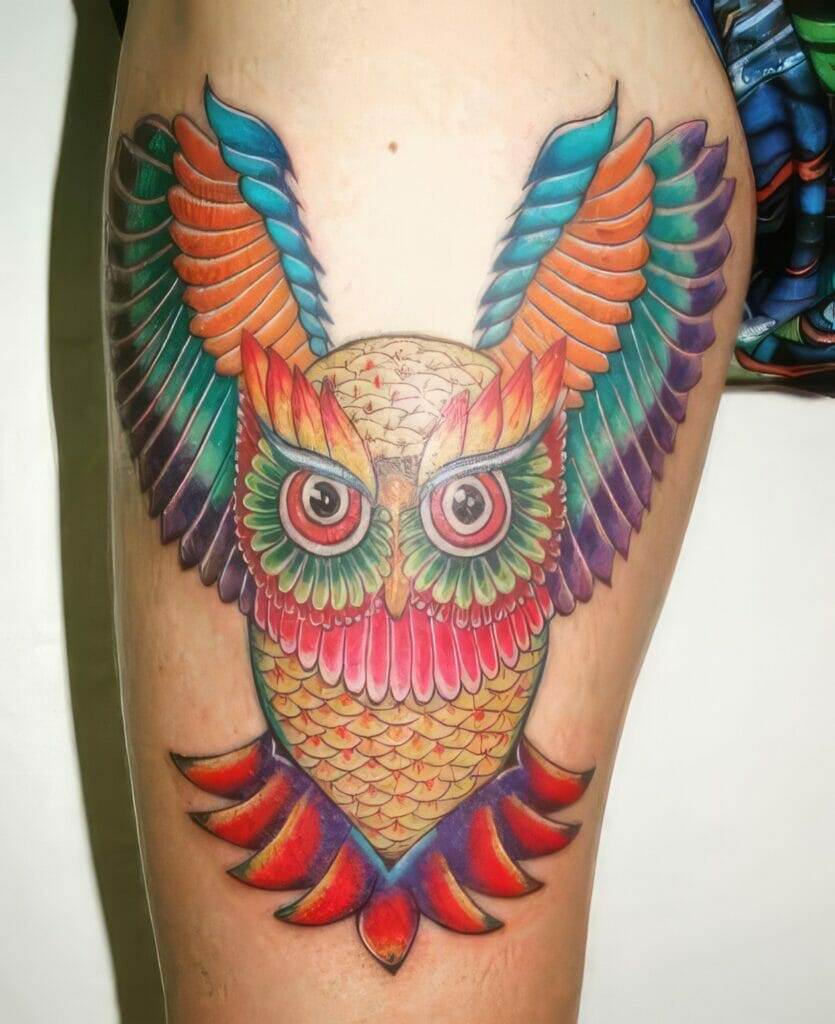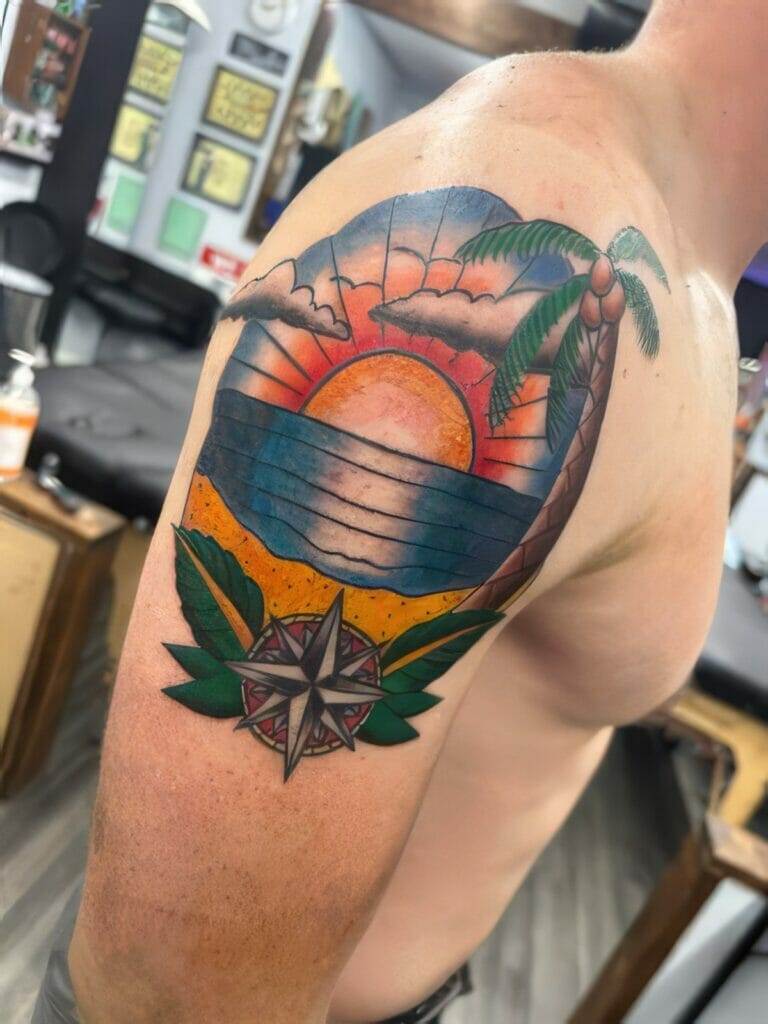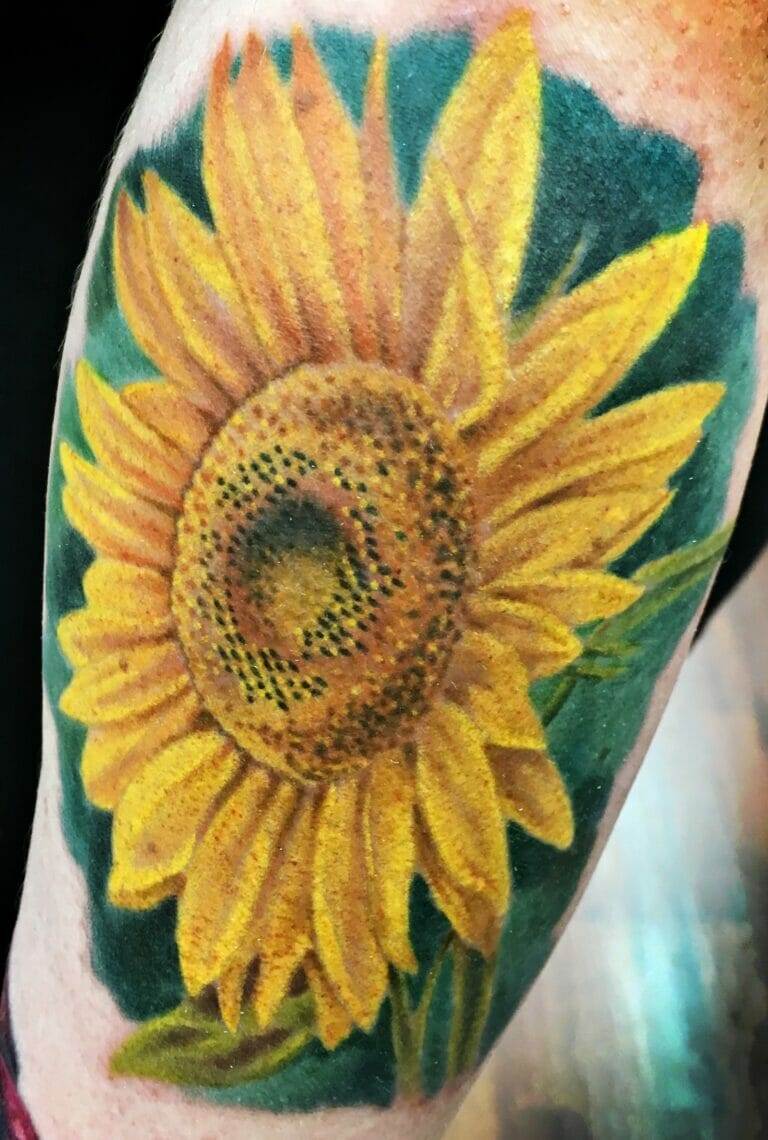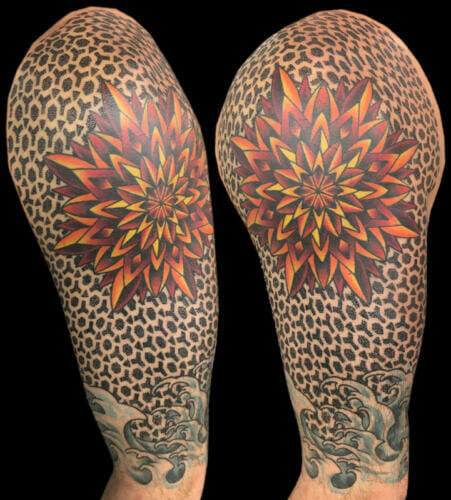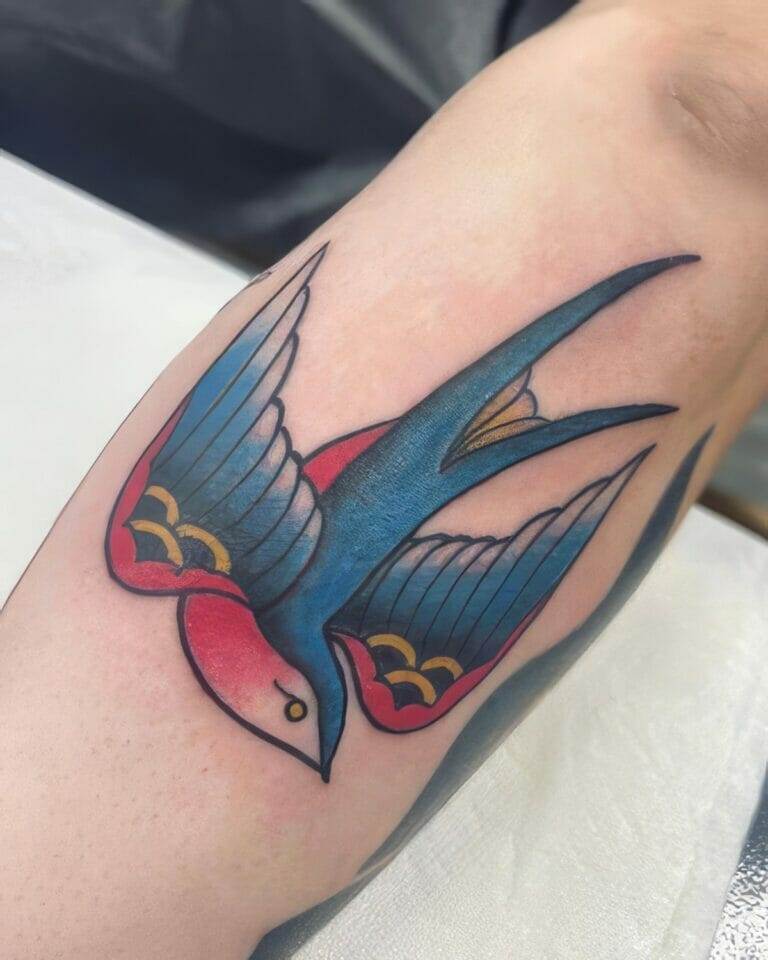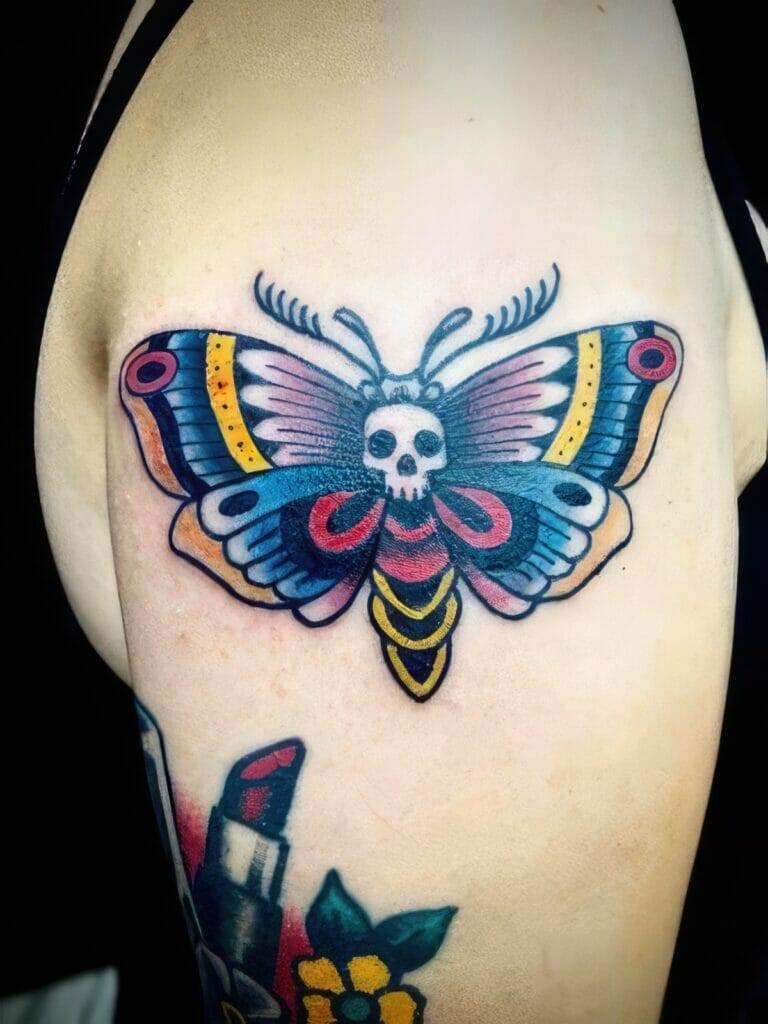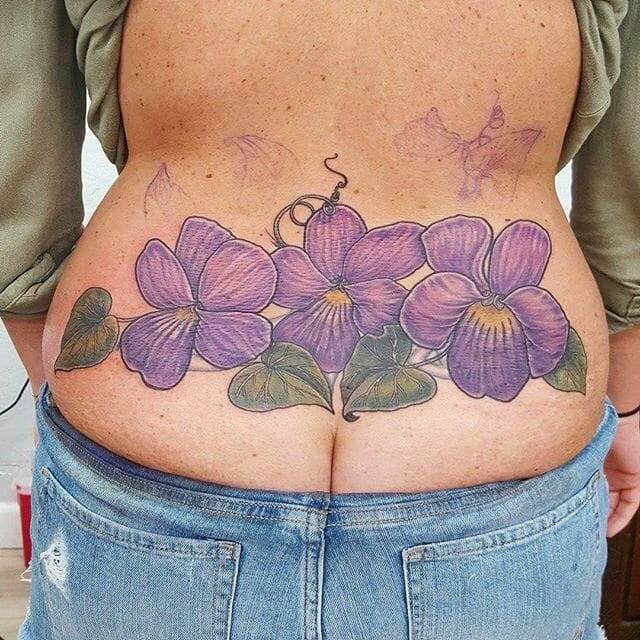
Watercolor tattoos have been gaining popularity in recent years, with more and more people opting for this unique and artistic style of tattooing. Unlike traditional tattoos, which typically use bold lines and solid colors, watercolor tattoos mimic the fluid and ethereal qualities of watercolor paintings. This style of tattooing has captured the attention of many individuals who are drawn to its soft edges, blending colors, and overall aesthetic appeal.
People are drawn to watercolor tattoos for a variety of reasons. One of the main reasons is the ability to create a truly personalized and one-of-a-kind design. Watercolor tattoos allow for a greater level of creativity and artistic expression, as they can be customized to reflect the individual’s personality, interests, and emotions. Additionally, the soft and dreamy appearance of watercolor tattoos appeals to those who prefer a more subtle and delicate look, as opposed to the bold and defined lines of traditional tattoos.
What Are Watercolor Tattoos and How Are They Different from Traditional Tattoos?
Watercolor tattoos are a style of tattooing that mimics the appearance of watercolor paintings. They are characterized by their soft edges, blending colors, and lack of bold outlines. Unlike traditional tattoos, which use solid colors and defined lines to create a design, watercolor tattoos rely on the use of transparent washes and layers of color to achieve their unique look.
In terms of technique, watercolor tattoos require a different approach compared to traditional tattoos. Traditional tattoos typically involve using a tattoo machine with needles to inject ink into the skin, creating solid lines and colors. Watercolor tattoos, on the other hand, often involve a more freehand approach, with artists using brushes or other tools to apply ink onto the skin in a way that mimics the fluidity and transparency of watercolors.
The Unique Style of Watercolor Tattoos: Soft Edges and Blending Colors
One of the defining characteristics of watercolor tattoos is their soft edges and blending colors. Unlike traditional tattoos, which often have bold and defined lines, watercolor tattoos have a more organic and flowing appearance. The colors in watercolor tattoos blend seamlessly into one another, creating a sense of depth and movement.
This unique style allows for a wide range of design possibilities. Watercolor tattoos can be used to create anything from delicate floral designs to vibrant landscapes. The soft edges and blending colors lend themselves well to creating ethereal and dreamy designs, making watercolor tattoos a popular choice for those who want a more whimsical and artistic look.
The Role of Color Theory in Watercolor Tattoos: Understanding Complementary Colors
Color theory plays a significant role in creating watercolor tattoos. Understanding how different colors interact with one another can help artists create depth, contrast, and visual interest in their designs.
One important concept in color theory is complementary colors. Complementary colors are pairs of colors that are opposite each other on the color wheel. When used together, they create a strong contrast and can make a design more visually appealing. For example, blue and orange are complementary colors, so using them together in a watercolor tattoo can create a striking and eye-catching effect.
By understanding color theory and how different colors interact with one another, tattoo artists can create more dynamic and visually interesting watercolor tattoos.
The Use of Negative Space in Watercolor Tattoos: Creating Depth and Contrast
Negative space refers to the areas of a design that are left blank or uncolored. In watercolor tattoos, negative space is often used to create depth and contrast. By leaving certain areas of the design untouched, artists can create a sense of lightness and airiness, making the colors in the tattoo appear more vibrant and dynamic.
Negative space can also be used to create contrast between different elements of the design. For example, an artist may leave negative space around a focal point or use it to separate different elements within the tattoo. This technique helps to create visual interest and make the design more visually appealing.
The Techniques Behind Watercolor Tattoos: Brush Strokes, Washes, and Splatters
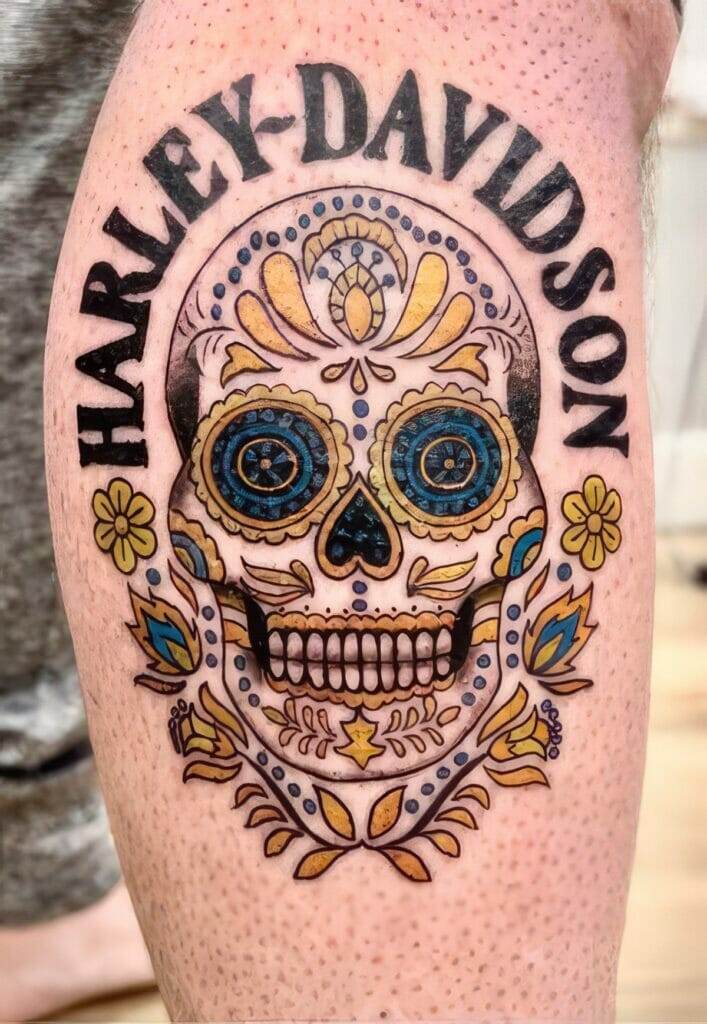
Creating watercolor tattoos involves a variety of techniques that are unique to this style of tattooing. Artists use brushes, washes, and splatters to achieve the desired effect.
Brush strokes are an essential part of creating watercolor tattoos. Artists use different types of brushes to apply ink onto the skin, mimicking the brush strokes used in traditional watercolor paintings. This technique allows for greater control over the application of color and helps to create the soft edges and blending colors that are characteristic of watercolor tattoos.
Washes are another technique commonly used in watercolor tattoos. A wash involves applying a thin layer of diluted ink onto the skin, creating a translucent effect. This technique is often used to build up layers of color and create depth in the design.
Splatters are a more unconventional technique used in watercolor tattoos. Artists may use a toothbrush or other tool to flick ink onto the skin, creating a splatter effect. This technique adds texture and visual interest to the tattoo, making it appear more dynamic and lively.
The Durability of Watercolor Tattoos: What to Expect Over Time
One concern that many people have when considering a watercolor tattoo is its durability. Unlike traditional tattoos, which tend to hold up well over time, watercolor tattoos may fade more quickly.
Watercolor tattoos are created using a lighter touch and more diluted ink compared to traditional tattoos. This means that the colors may not penetrate the skin as deeply, resulting in a more delicate and subtle appearance. While this can create a beautiful and ethereal look initially, it also means that the colors may fade more quickly over time.
However, it is important to note that the durability of a watercolor tattoo can vary depending on several factors, including the quality of the ink used, the skill of the artist, and how well the tattoo is cared for. By choosing a reputable artist and following proper aftercare instructions, you can help ensure that your watercolor tattoo stays vibrant for as long as possible.
Watercolor Tattoos for Different Skin Tones: Choosing the Right Colors
When choosing colors for a watercolor tattoo, it is important to consider how they will look on your specific skin tone. Certain colors may appear differently on different skin tones, so it is crucial to choose colors that will complement your complexion.
For those with fair skin, pastel shades and lighter colors tend to work well. These colors can create a soft and delicate look that complements fair skin tones without overpowering them.
On the other hand, those with darker skin tones can opt for bolder and more vibrant colors. Bright blues, purples, and greens can create a striking contrast against darker skin tones, making the colors appear more vibrant and dynamic.
It is always a good idea to consult with your tattoo artist when choosing colors for your watercolor tattoo. They can provide guidance and recommendations based on your specific skin tone and the desired look you want to achieve.
The Versatility of Watercolor Tattoos: Incorporating Other Design Elements
One of the great things about watercolor tattoos is their versatility. They can be combined with other design elements to create a truly unique and personalized tattoo.
Watercolor tattoos can be incorporated into a variety of different styles, such as traditional, geometric, or even blackwork. By combining watercolor techniques with other design elements, artists can create a tattoo that is both visually stunning and meaningful to the individual.
For example, a watercolor floral design could be combined with traditional linework to create a more defined and structured look. Or, watercolor splatters could be incorporated into a geometric design to add texture and visual interest.
The possibilities are endless when it comes to combining watercolor tattoos with other design elements, allowing for a truly customized and one-of-a-kind tattoo.
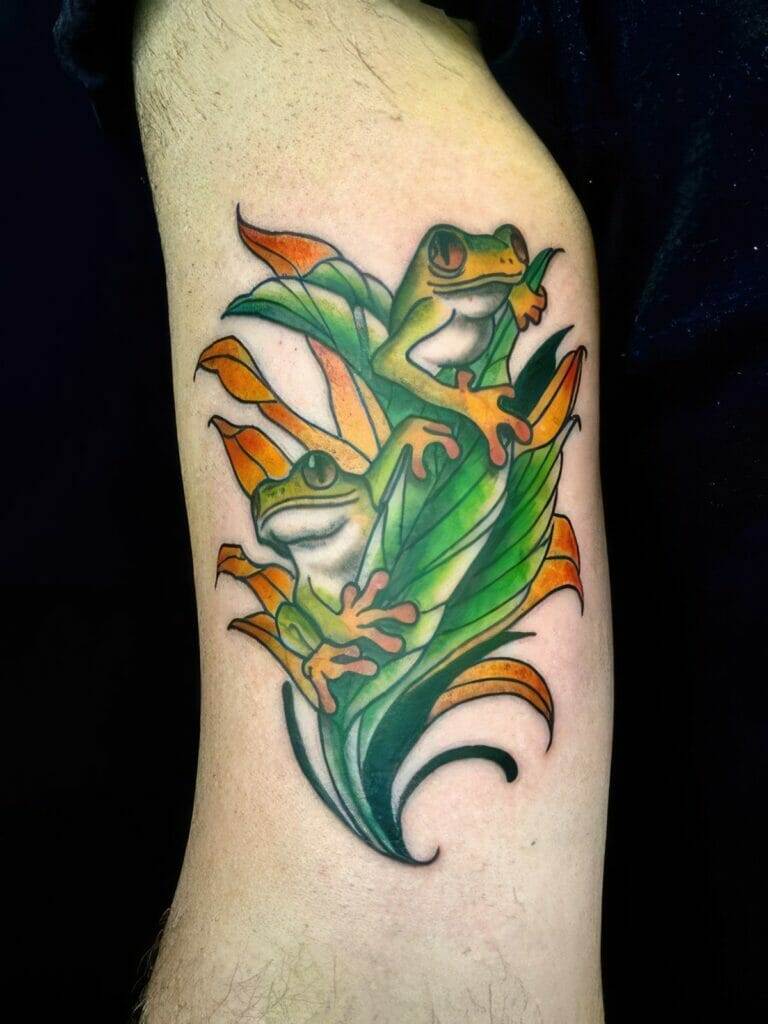
The Beauty and Artistry of Watercolor Tattoos
In conclusion, watercolor tattoos have become increasingly popular due to their unique style and artistic appeal. The soft edges, blending colors, and overall ethereal look of watercolor tattoos have captured the attention of many individuals who are seeking a more personalized and artistic form of tattooing.
Choosing the right tattoo artist is crucial when it comes to getting a watercolor tattoo. Artists who specialize in this style of tattooing have the skills and expertise needed to create beautiful and long-lasting designs.
Watercolor tattoos offer a wide range of design possibilities, from delicate floral designs to vibrant landscapes. The use of color theory, negative space, and various techniques such as brush strokes and washes help create depth, contrast, and visual interest in these tattoos.
While watercolor tattoos may fade more quickly compared to traditional tattoos, proper aftercare and choosing a reputable artist can help ensure that your tattoo stays vibrant for as long as possible.
Overall, watercolor tattoos are a beautiful and artistic form of tattooing that allows for a high level of creativity and personalization. Whether you opt for a small and delicate design or a larger and more vibrant piece, watercolor tattoos are sure to make a statement and leave a lasting impression.

